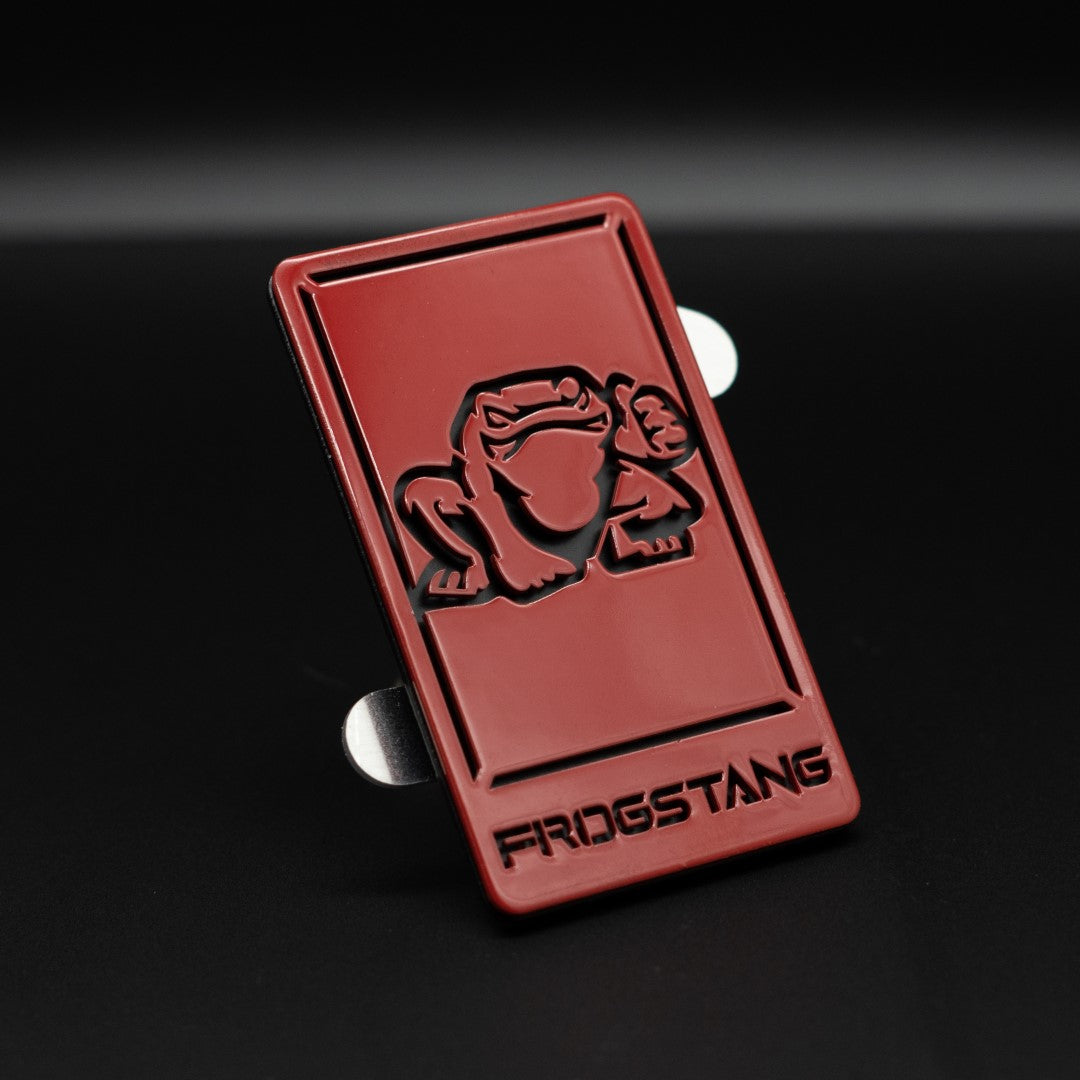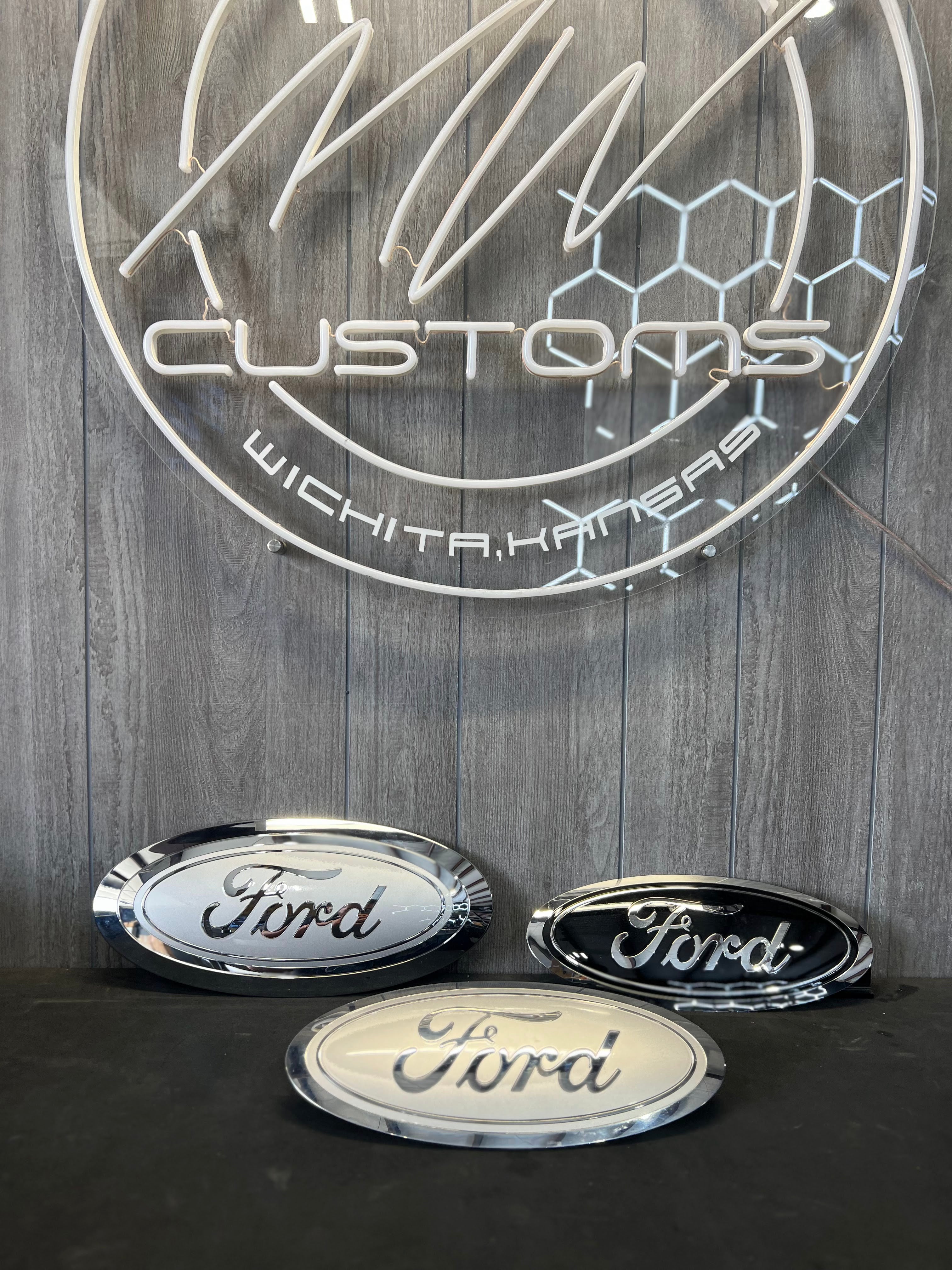From Idea to Creation: Crafting a Special Custom Emblem
From Idea to Creation: Crafting a Special Custom Emblem
Blog Article
The Art of Crafting Unique Custom Emblems for each Occasion
The procedure of producing distinct customized emblems for different occasions is a nuanced venture that needs a mix of creative vision and strategic reasoning. By carefully taking into consideration the identity and worths of the customer, designers can create emblems that not just capture interest however also share much deeper messages - Custom Emblem. Key layout principles, along with resources of inspiration from nature and culture, play essential roles in this innovative trip. Yet, the inquiry stays: what techniques can elevate these emblems to genuinely differ in a jampacked visual landscape?
Understanding Personalized Symbols
Customized symbols offer as effective icons that share identity, worths, and purpose throughout different contexts. These distinct graphical depictions are typically utilized by companies, individuals, and teams to encapsulate their mission and principles. A well-crafted emblem interacts a feeling of belonging and unity, successfully bridging the gap between abstract perfects and tangible representation.
Understanding customized emblems entails identifying their diverse nature. They can range from basic styles to intricate illustrations, each aspect diligently chosen to show specific qualities or stories. Shades, forms, and symbols all play critical roles in this depiction, with every selection imbued with meaning that reverberates with the intended audience.
Personalized emblems are not just attractive; they serve sensible purposes in branding and advertising. They establish a recognizable identification that promotes depend on and commitment amongst stakeholders, developing a psychological link that is essential for lasting engagement. Additionally, emblems can be adapted for different applications, such as product, marketing products, and electronic systems, improving their adaptability.
Basically, custom-made emblems are vital devices for interaction, enveloping the essence of an entity while forging a strong visual identification that stands the test of time.
Key Style Principles

Effective style principles are fundamental to developing impactful personalized symbols that resonate with their intended audience. Simpleness is crucial; a uncomplicated and clear design improves acknowledgment and memorability. Emblems should convey their message without overwhelming customers, allowing for fast understanding.
An additional key principle is harmony, which entails balancing elements such as color, shape, and typography. A well-coordinated palette creates aesthetic allure, while regular typography strengthens the symbol's identification. Furthermore, making use of contrast can accentuate specific functions, making them attract attention.
Symmetry additionally plays an essential role. A symbol should keep a coherent scale, making certain that all aspects work with each other to create an unified structure. This principle aids in producing a symbol that is versatile across various applications, from service cards to huge banners.
Motivation Resources
Inspiration resources are regularly attracted from a variety of contexts, each offering one-of-a-kind components that can improve the style of customized symbols. Nature, for circumstances, offers as an abundant reservoir of concepts. The detailed patterns of leaves, the color palettes of sundowns, and the forms of pets can all add to natural and enticing designs.
Social heritage likewise plays an essential role in emblem creation. Traditional concepts, signs, and art kinds from various cultures can provide authenticity and depth to a symbol. This allows developers to celebrate diversity and integrate purposeful narratives into their job.
Additionally, modern patterns in style, fashion, and architecture can give fresh point of views. Observing the latest designs can inspire innovative approaches, ensuring that the emblem remains appropriate and interesting.
Historic references might additionally act as a background for inspiration. Renowned symbols from the past can be reimagined or modernized to create an one-of-a-kind yet familiar aesthetic.
Ultimately, the most effective styles emerge from a synthesis of these diverse resources. By thoughtfully exploring different inspirations, developers can craft bespoke symbols that resonate with their desired audience and celebration.

Techniques for One-of-a-kind Development
The developer's toolkit for developing unique symbols includes a variety of strategies that can boost a task from common to amazing. One essential strategy is the assimilation of symbolism, where elements are thoroughly chosen to resonate with the intended message or brand hop over to here name identification. This grows the emblem's importance and link to the audience.
Shade concept plays a crucial function in stimulating emotions and establishing the tone (Custom Emblem). By meticulously selecting a shade combination that lines up with the message, developers can create an impactful aesthetic experience. Additionally, typography needs to not be ignored; the choice of typefaces can communicate individuality and boost readability, further contributing to the emblem's uniqueness
Another efficient method is making use of unfavorable room, which enables for clever aesthetic methods that fascinate viewers while keeping simpleness. Layering components can additionally include depth, producing a diverse style that captures the eye.
Applications and Use Situations
Throughout various markets, personalized emblems function as effective devices for branding and communication. These special identifiers can efficiently communicate a company's worths, mission, and identification. In the business market, emblems are essential to logos and branding materials, helping to develop a memorable existence in the industry.
In the fashion business, custom emblems are typically made use of on clothing and devices, giving a distinct touch that improves brand name acknowledgment and consumer commitment. Sports groups use emblems to cultivate a sense of neighborhood and team spirit, usually decorating them on jackets and product.

Event coordinators utilize personalized emblems for seminars, weddings, and various other gatherings, working as memorable mementos that encapsulate the essence of the celebration. Eventually, the applications of custom-made symbols are vast, making them invaluable properties in different contexts, improving interaction, and solidifying brand name identifications.
Final Thought
In conclusion, the production of special custom symbols necessitates a thorough understanding of design concepts, importance, and the designated target market. By integrating elements such as shade, typography, and inspiration from different resources, developers can craft emblems that are not only aesthetically attractive however likewise deeply purposeful. The application of these symbols across varied contexts better highlights their relevance, enhancing identity and worths while leaving a lasting perception on viewers.
The procedure of developing distinct custom-made symbols for various celebrations is a nuanced venture that needs a blend of artistic vision and critical thinking.Personalized emblems offer as effective icons that communicate identification, worths, and function across various contexts.Efficient style concepts are basic to developing see here impactful customized emblems that resonate with their desired target market.Inspiration resources are often attracted from a range of contexts, each offering special elements that can enhance read here the layout of customized emblems.In conclusion, the development of distinct customized emblems requires a detailed understanding of layout concepts, meaning, and the desired audience.
Report this page